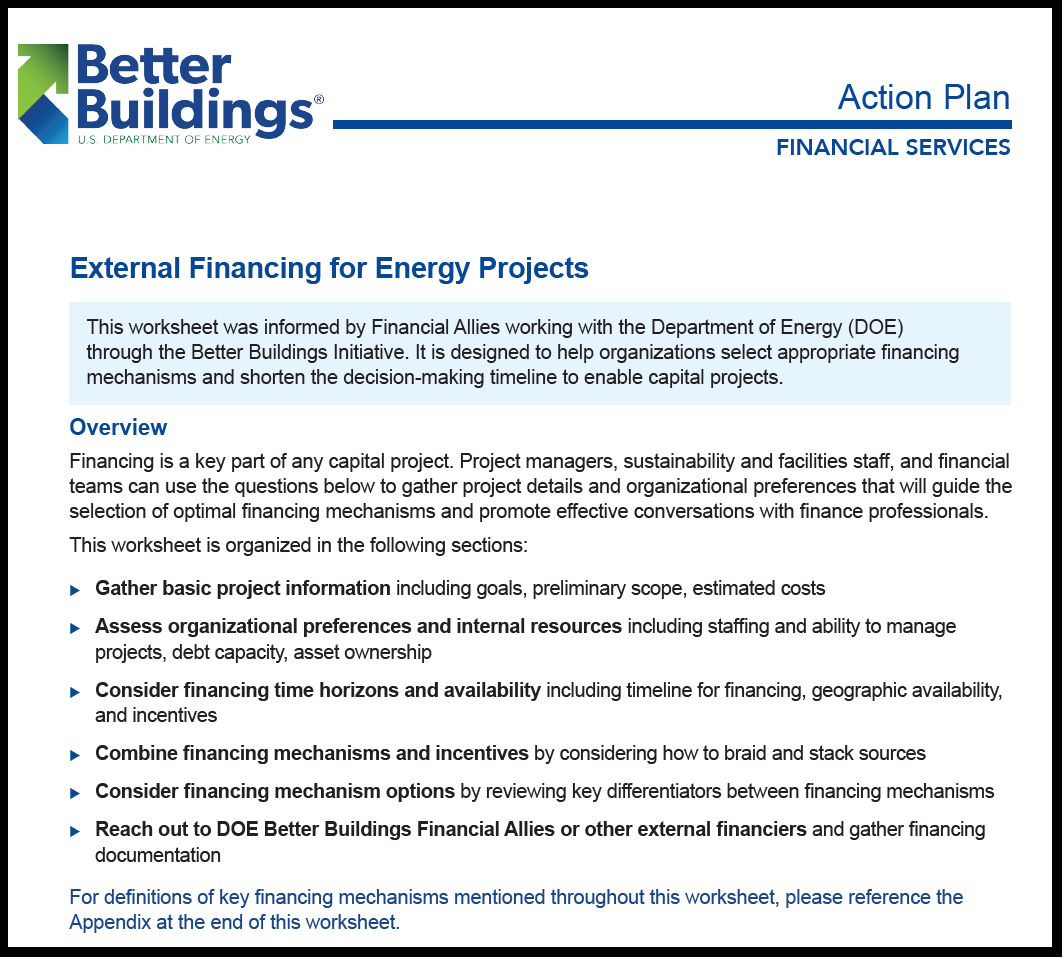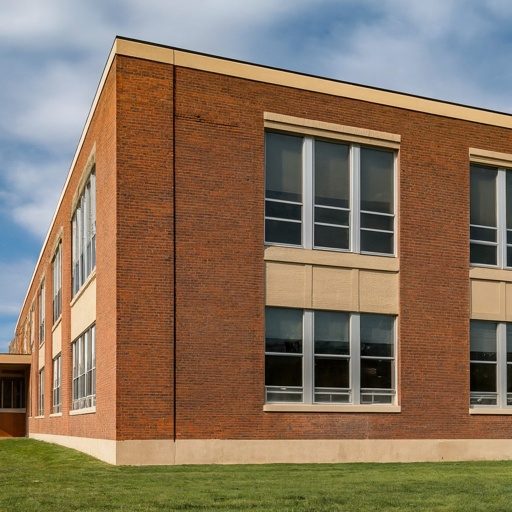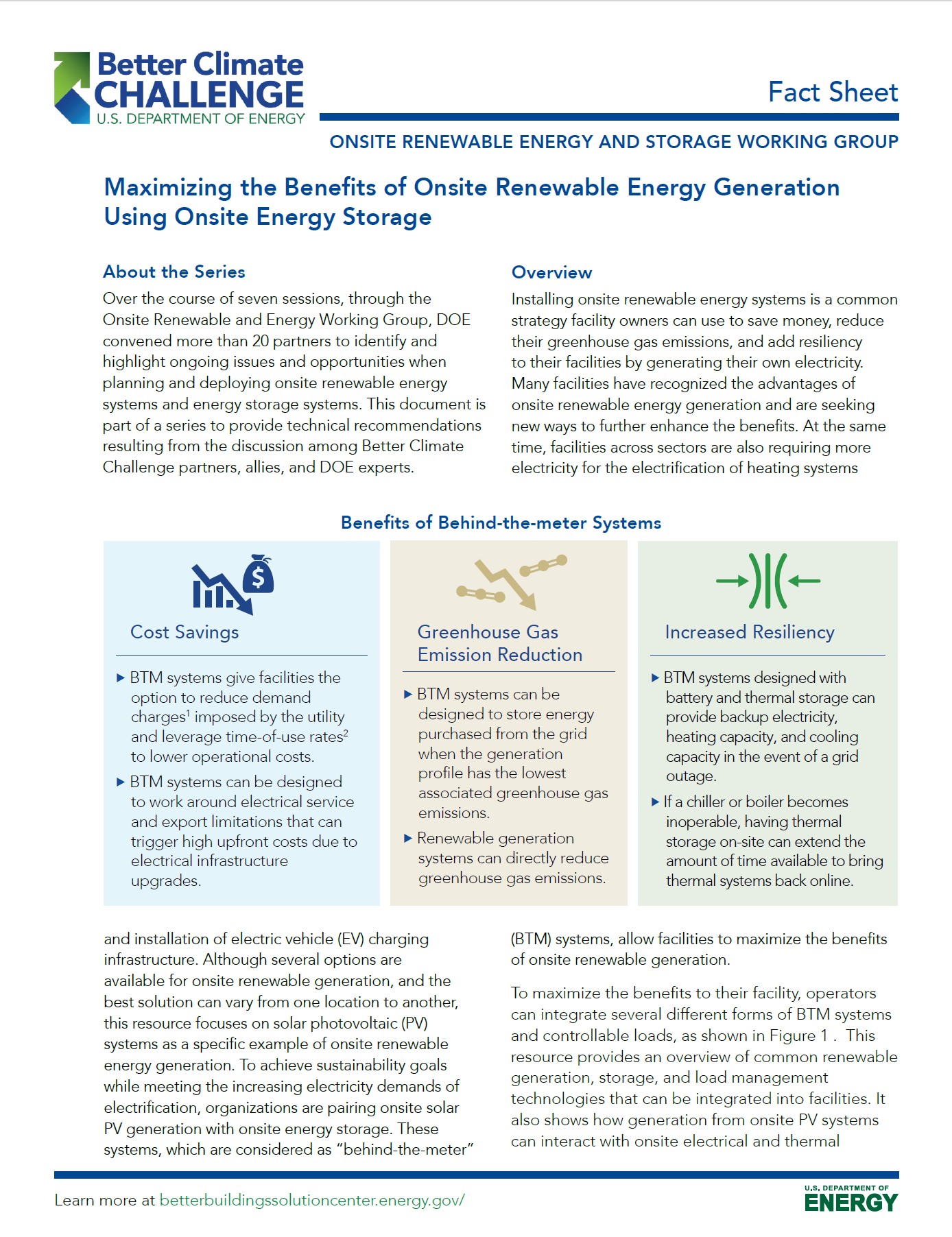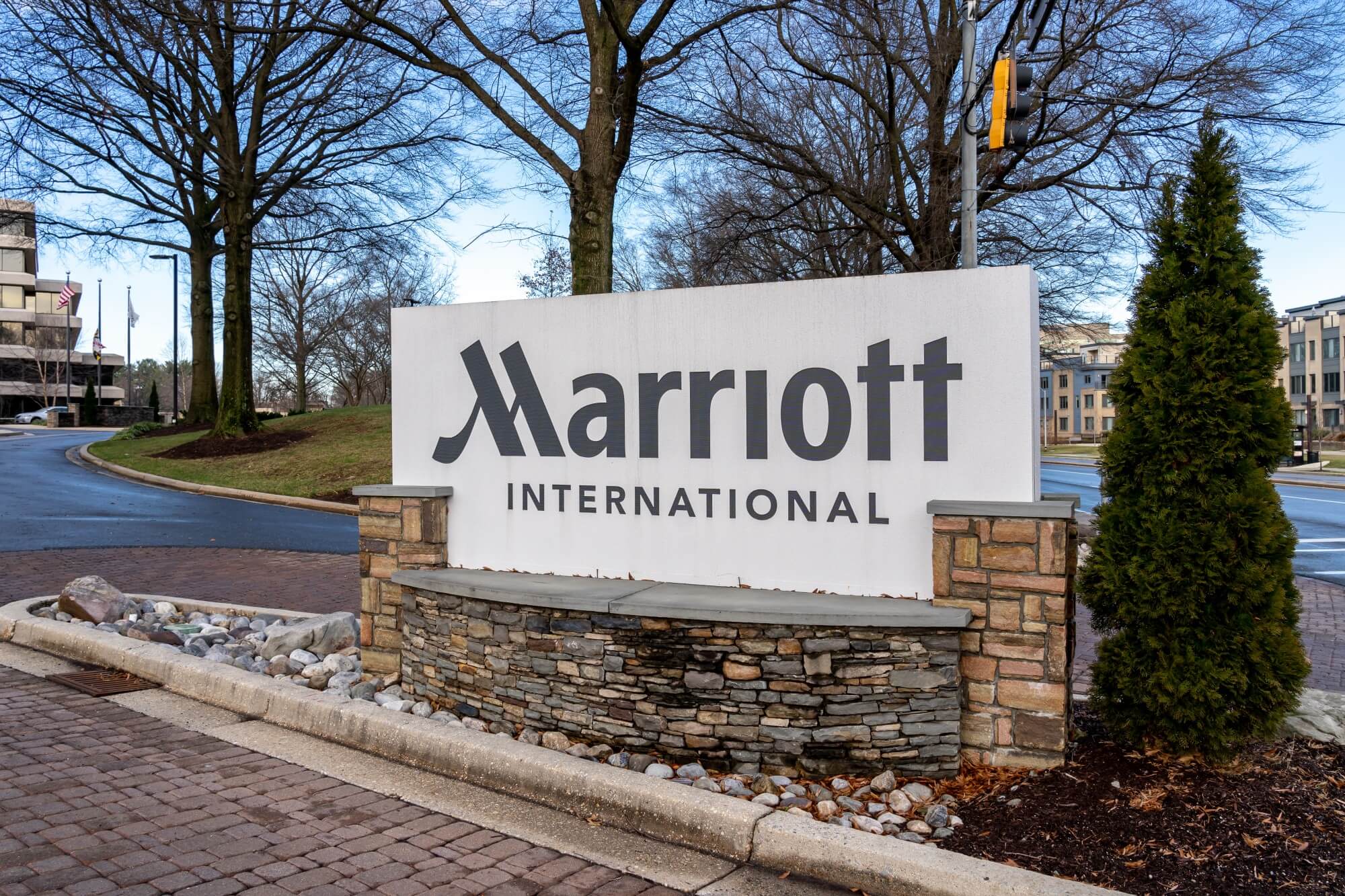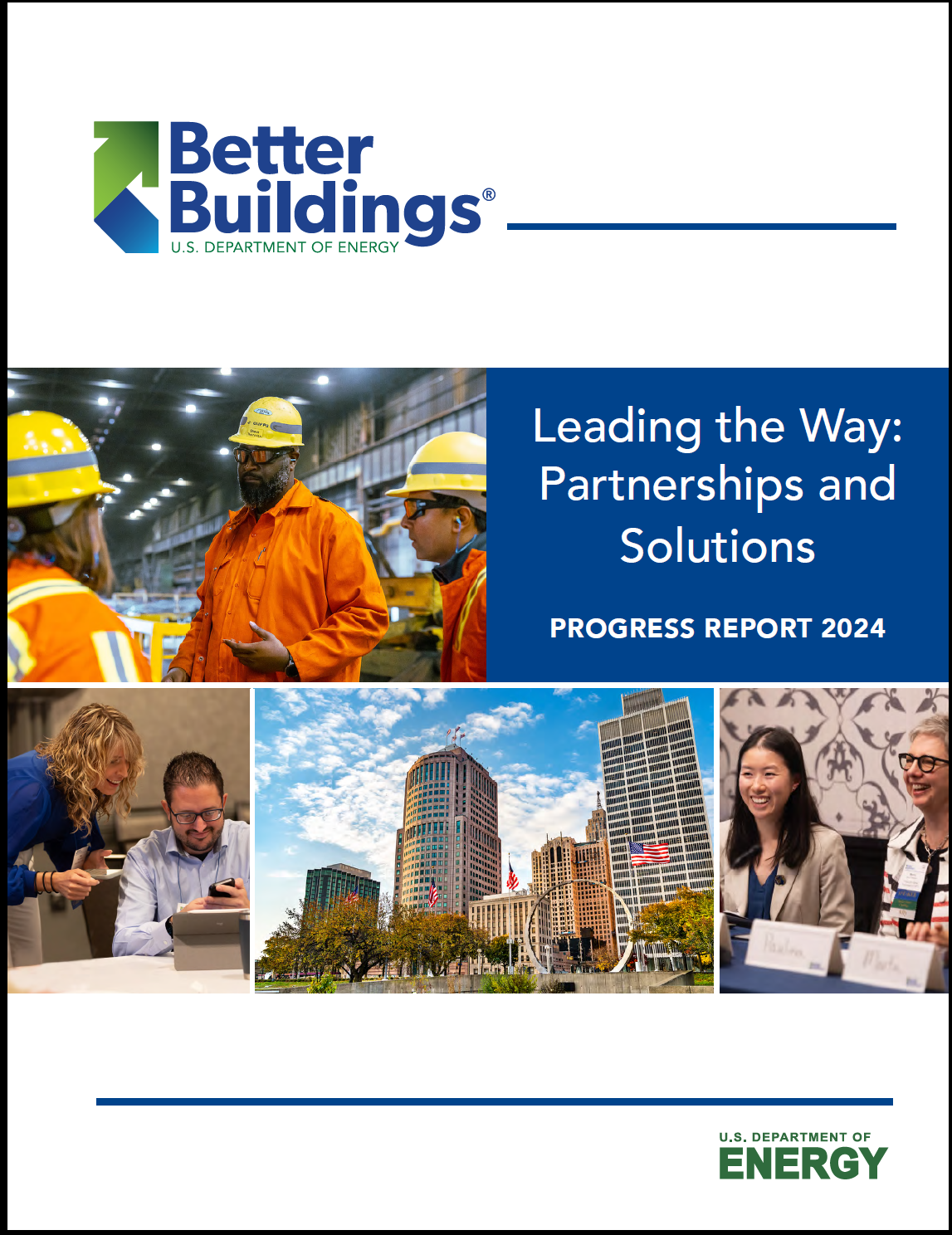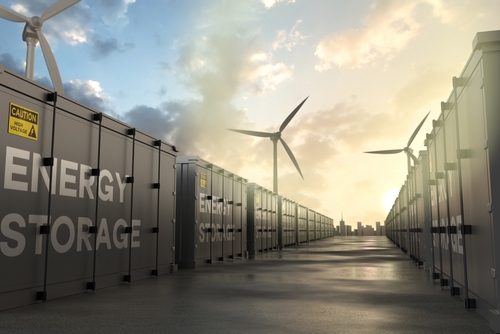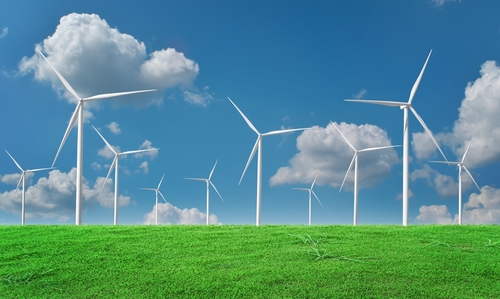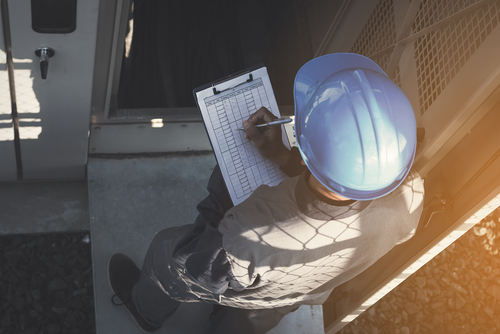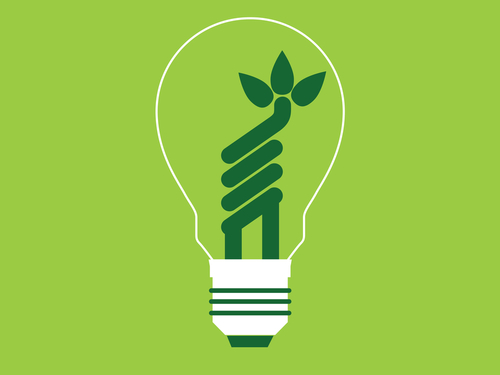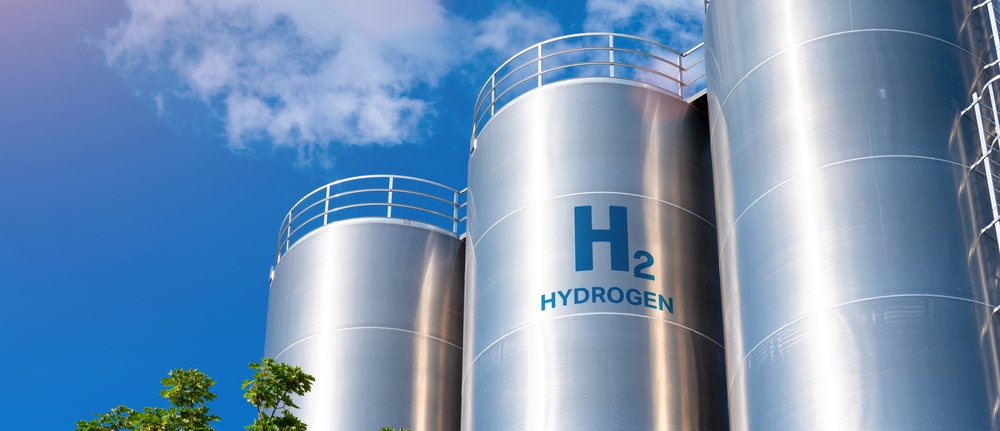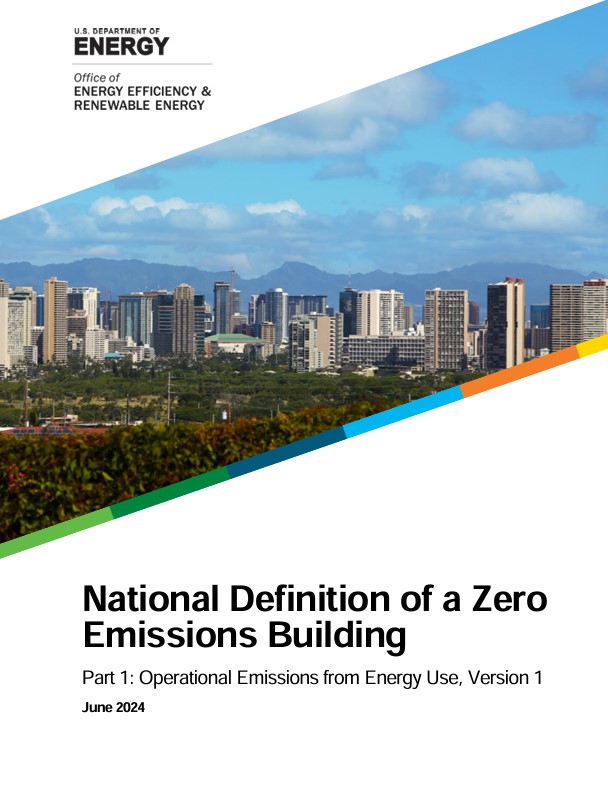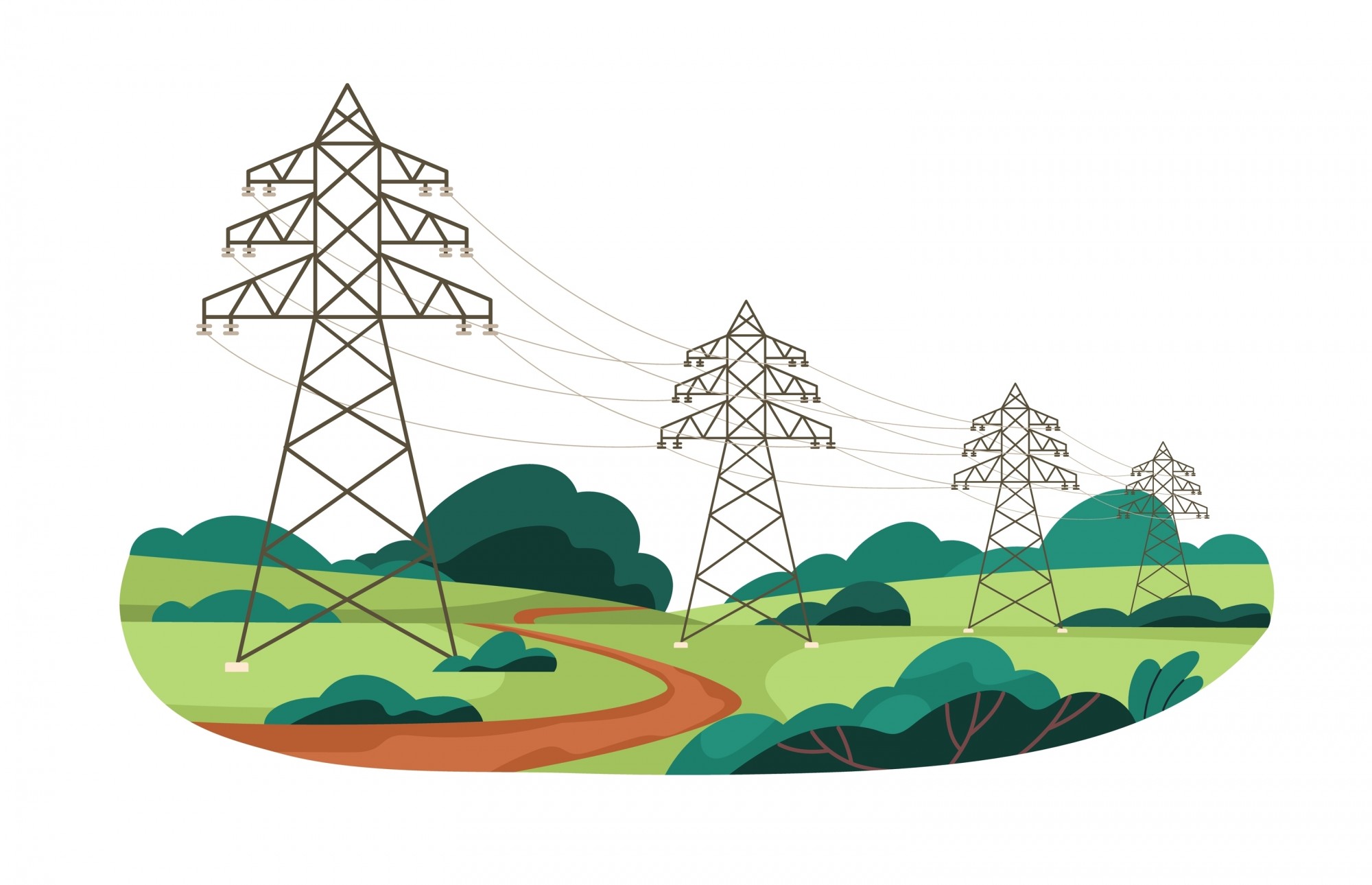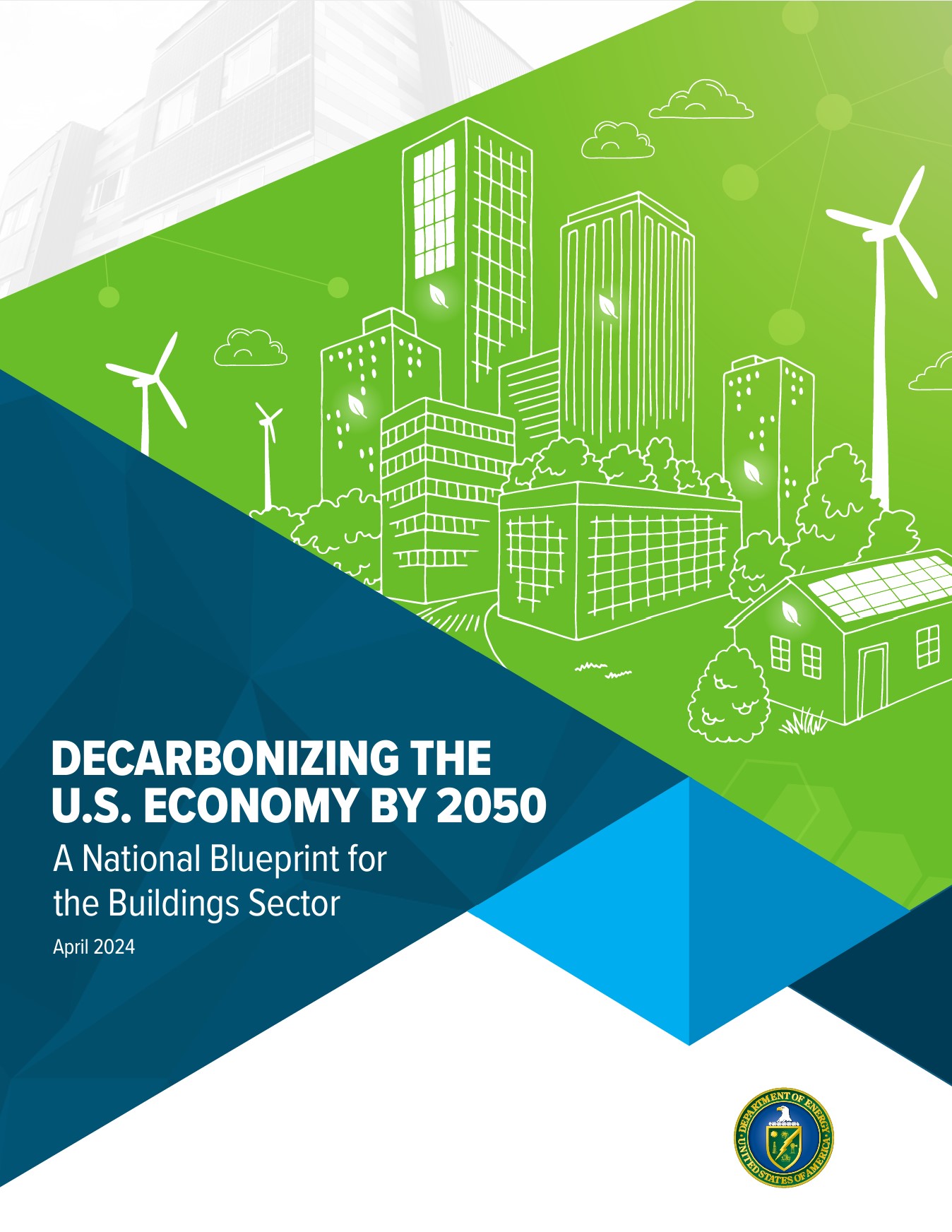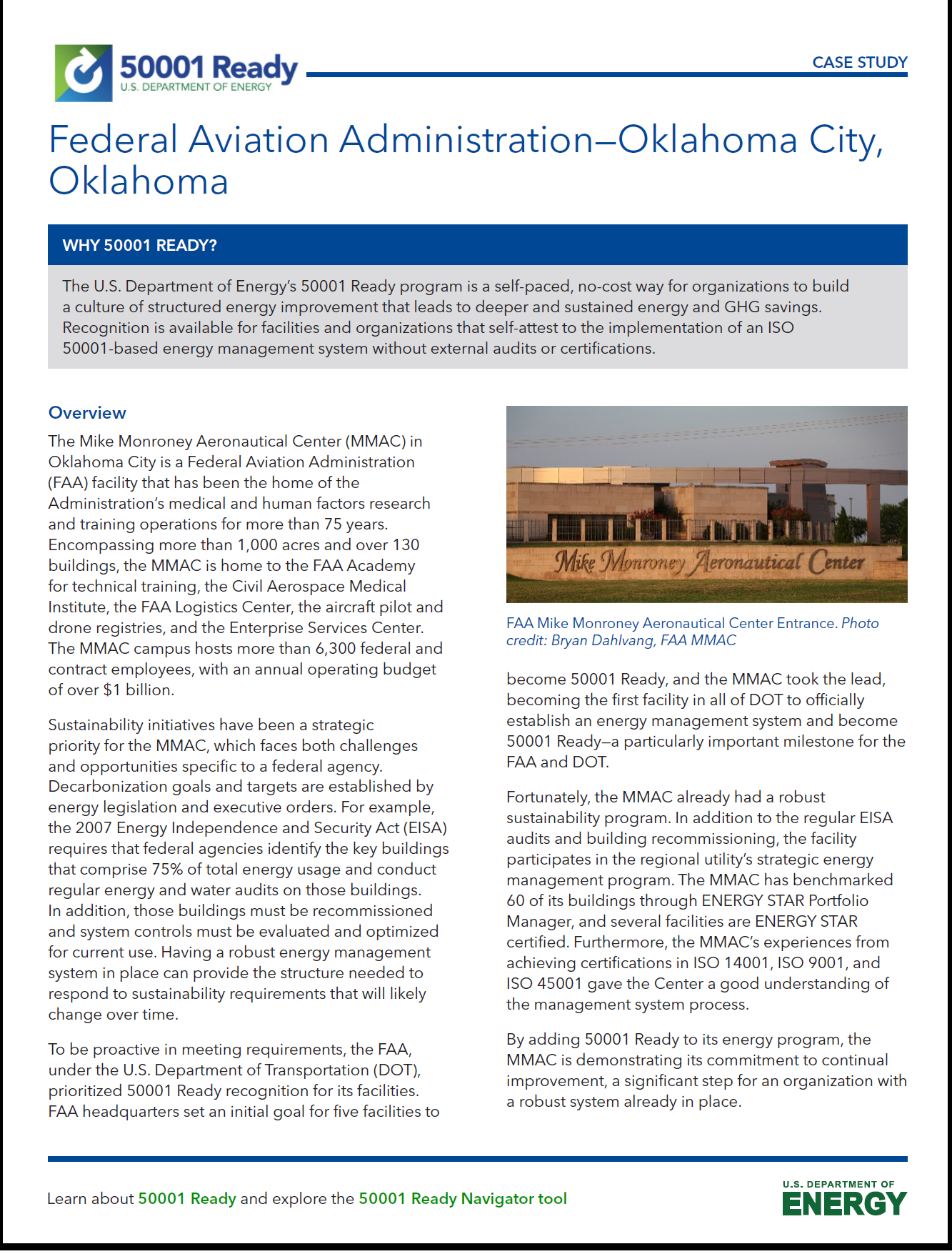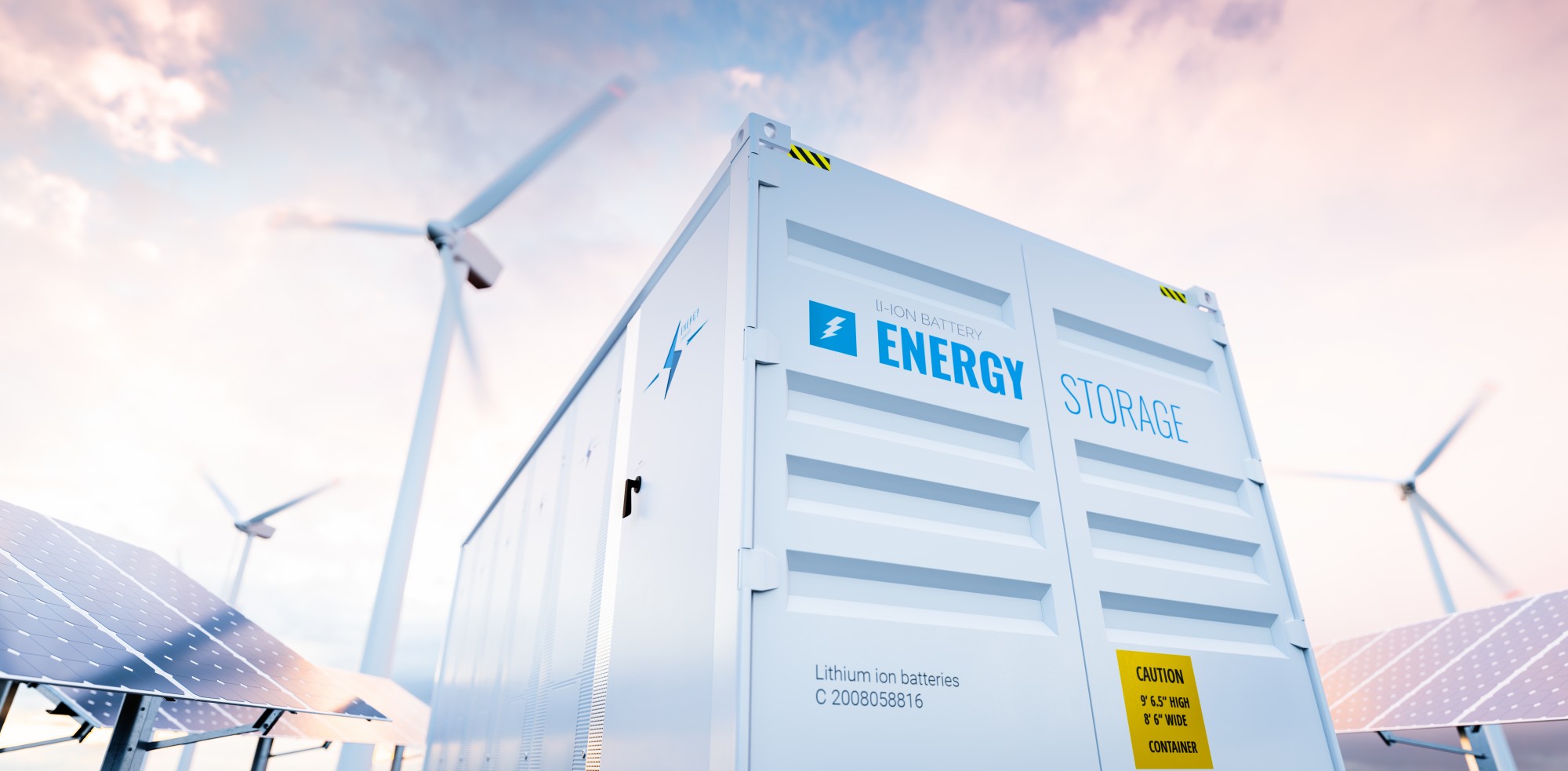Energy Management Articles
Blog posts tagged with "U.S. Department of Energy"
Action Plan: External Financing for Energy Projects
Financing is a key part of any capital project. In this worksheet from the Department of Energy through the Better Buildings Initiative, organizations can select appropriate financing mechanisms and shorten the decision-making timeline to enable capital projects.
Pathways to Commercial Liftoff: Geothermal Heating and Cooling
Deployment of geothermal heat pumps (GHPs) with air-source heat pumps (ASHPs) and other energy efficiency measures can achieve key energy resilience, energy affordability, and national decarbonization goals. Achieving Liftoff and commercial scale will rely on achieving 5 major imperatives that increase the value proposition by reducing costs or increasing benefits and expand the market size of GHPs. In this report from the U.S. Department of Energy, learn more about these imperatives and potential solutions to unlock them.
Energy Savings Performance Contract Cuts Cost, Reduces Energy Consumption Energy at Memorial Elementary School
As part of a larger energy savings performance contract (ESPC) in its district, Hart County Schools’ Memorial Elementary School instituted changes that achieved a 66% reduction in energy usage. Through the ESPC with CMTA, a Better Buildings Design and Construction Ally, the school implemented a geothermal ground source heat pump system as well as energy efficiency upgrades after a detailed audit. In this column, learn more about the project that has reduced energy consumption and generated substantial utility cost savings while improving the learning environment.
Case Study: Hawaiʻi Island Retreat
Hawaiʻi Island Retreat, a 20-room eco-boutique sustainable hotel, operates on 100% onsite renewable energy generation from solar photovoltaic, solar thermal, a wind turbine, and a battery energy storage system and an emergency generator. In a case study from Better Buildings, learn more about the hotel's journey to operate completely off-grid — including project development, evolution, costs and community benefits.
Pathways to Commercial Liftoff: Virtual Power Plants 2025 Update
Virtual power plants (VPPs) are among the critical solutions to meet the pressing challenges the grid faces today. However, deployment still needs to accelerate in the U.S. to reach 80-160 GW of VPPs that contribute to an affordable, reliable, and secure grid. In this report from the U.S. Department of Energy, learn about real-world examples, new resources, and updated industry insights that can accelerate commercial liftoff for this solution.
Maximizing the Benefits of Onsite Renewable Energy Generation Using Onsite Energy Storage
Facility owners seeking to reduce their operating costs, lower greenhouse gas emissions, and build resiliency at their facilities can benefit from installing onsite renewable energy generation and onsite energy storage systems. DOE convened more than 20 partners to identify and highlight ongoing issues and opportunities when planning and deploying these behind-the-meter systems.
Marriott International Implements Data Automation Tools & Artificial Intelligence for Scope 3 Emissions Reporting Enhancements
As scope 3 emissions reporting becomes of increased interest, Marriott International (Marriott) decided to improve its data management practices by implementing an AI solution. In this column from Better Buildings, learn how this solution helped the Marriott achieve a 5-10% reduction in scope 3 emissions and a decrease in the number of labor hours required.
St. John Properties Headquarters’ Integrated Energy Efficiency Solutions
St. John Properties headquarters in Baltimore, Maryland, implemented a series of energy efficiency upgrades between 2018-2021 that resulted in over 225,000 kWh of energy savings and $12,500 in cost savings annually. Take a closer look at the changes the company implemented that also ensured operational excellence and sustained efficiency.
2024 Better Buildings Initiative Progress Report
The 2024 Better Buildings Initiative Progress Report from the U.S. Department of Energy highlights the achievements of DOE’s Better Buildings public and private sector partners as they decarbonize and increase the energy efficiency of the nation’s buildings, manufacturing plants, and homes.
Better Climate Challenge: Onsite Renewable Energy and Storage Working Group Report Out
The Better Climate Challenge's Onsite Renewable Energy and Storage Working Group Report Out looks at technologies deployed, barriers hindering implementation, biggest needs, and primary motivations — and includes contributions from W.L Gore & Associates, Ford Motor Company, Colgate-Palmolive and others on lessons learned.
Land-Based Wind Market Report: 2024 Edition
The 2024 edition of the Land-Based Wind Market Report, prepared by the U.S. Department of Energy's (DOE) Lawrence Berkeley National Laboratory, details the nearly 6,500 megawatts (MW) of new utility-scale, land-based wind capacity added in 2023 and provides an overview of developments and trends in the U.S. wind power market for the calendar year.
The Sherwin-Williams Company: Accelerating Energy Reduction Initiatives Through Third-Party Audits
To achieve its Scope 1 and Scope 2 sustainability goals of reducing GHG emissions by 30%, Sherwin-Williams recognized the need for external energy audits to identify new opportunities and accelerate energy and emissions savings. In this Better Buildings column, find out how third-party audits produced energy reduction opportunities for the company with a potential of 7.7 million kWh in energy savings and a GHG emissions reduction potential of 10,000 metric tons of CO2.
DOE Invests $2.2B in Grid Improvement
The U.S. Department of Energy announced a $2.2 billion investment in the nation's grid for eight projects across 18 states.
City of Norfolk: Watts Going Down Energy Efficiency Campaign
In 2022, Norfolk City Council adopted a resolution around the commitment to reduce energy consumption by 20% as part of the Better Buildings Challenge. To increase awareness of participation, the City’s Environmental Sustainability Division created the Watts Going Down, Norfolk campaign, which has engaged 87% of City staff.
California Launches Renewable Hydrogen Hub
The Alliance for Renewable Clean Hydrogen Energy Systems (ARCHES) and the U.S. Department of Energy (DOE) announced the signing of a $12.6 billion agreement, including up to $1.2 billion from the DOE and $11.4 billion in public and private matching funds.
Case Study: JLG Industries, Inc. — 50001 Ready
JLG Industries, manufacturer of access equipment at 80 sites worldwide set a goal to reduce energy intensity by 25% in 10 years as part of the DOE's Better Plants Program, In this case study, learn how the company hit a 31% reduction by year 8 at two facilities in Pennsylvania.
National Definition of a Zero Emissions Building: Part 1
The U.S. Department of Energy (DOE) has developed a National Definition of a Zero Emissions Building to support the buildings sector moving toward zero emissions and advance public- and private-sector climate goals.
DOE Transmission Interconnection Roadmap: Transforming Bulk Transmission Interconnection by 2035
The Transmission Interconnection Roadmap, developed by the U.S. Department of Energy's (DOE) Interconnection Innovation e-Xchange (i2X), outlines solutions to speed up the interconnection of clean energy onto the nation’s transmission grid and clear the existing backlog of solar, wind and battery projects seeking to be built.
10 Years of Green Lease Leaders: Looking at the Past and Present
Over the past 10 years, Green Lease Leaders has evolved to encourage continued green leasing best practice enhancement and encompass a wider range of property types around the world. In this column from IMT's Diana Lee, we celebrate the program's milestone anniversary and its role in strengthening relationships between landlords and tenants in service of advancing asset-level decarbonization and sustainability initiatives,
Decarbonizing the U.S. Economy by 2050: A National Blueprint for the Buildings Sector
The U.S. Department of Energy led the development of a Blueprint that aims to reduce greenhouse gas emissions from U.S. buildings 65% by 2035 and 90% by 2050 vs. 2005 while centering equity and benefits to communities.
Green Lease Leaders Announced
The Institute for Market Transformation (IMT) and the U.S. Department of Energy’s (DOE) Better Buildings Initiative announced the 2024 Green Lease Leaders at the Better Buildings, Better Plants Summit.
Michigan Signs MOU with Argonne National Laboratory
Michigan and the U.S. Department of Energy's Argonne National Laboratory signed a memorandum of understanding to accelerate the state's clean energy transition.
Chemicals Value Chain Decarbonization: Integrated Solutions for a Complex Challenge
Decarbonizing the chemicals sector is an essential part of the strategy to achieve a strong, competitive, and net-zero industrial sector of the future. Learn how the U.S. Department of Energy Industrial Efficiency and Decarbonization Office (IEDO) is pursuing ambitious pathways to support technology development and collaboration across the entire chemicals value chain.
DOE, USDA Launch RE Project for Farmers
The U.S. Department of Energy and the U.S. Department of Agriculture launched an initiative to help farmers cut costs and increase income using underutilized renewable technologies including smaller-scale wind projects.
Case Study: Federal Aviation Administration —Oklahoma City, OK
The Mike Monroney Aeronautical Center (MMAC) in Oklahoma City is a Federal Aviation Administration facility that hosts over 6,300 employees with an annual operating budget of over $1 billion — and the first U.S. Department of Transportation facility to officially establish an energy management system and become 50001 Ready under the U.S. Department of Energy's program to promote sustained energy and GHG savings. Read this case study from Better Buildings for key takeaways from the program's success.
Building Operators: Grid and Occupant Training
The Northwest Energy Efficiency Council partnered with Northeastern University and Washington State University to expand its Building Operator Certification® (BOC) training. In this case study from Better Buildings, learn how the program is emphasizing grid-interactive efficient buildings and occupant-centric controls with a focus on an entry- and pre-entry-level workforce.
Xcel Energy Adds Two Energy Storage Projects
Xcel Energy announced that the natural gas and electric company received a grant of up to $70 million from the U.S. Department of Energy (DOE) to partially fund two long-duration energy storage systems in Minnesota and Colorado.
MGM Resorts’ 100-Megawatt Solar Array: Climate Action Through Solar Farming
MGM Resorts International made significant headway on its emissions-based goals through installing a 100-megawatt solar array and other initiatives. In this case study from Better Buildings, dive into how the company's Las Vegas portfolio has so far achieved a 41% emissions reduction since 2019.
Case Study: Daimler Truck North America Plant – Detroit®
Daimler Truck North America Plant in Detroit has achieved its third certification in the U.S. Department of Energy's Superior Energy Performance 50001 (SEP) program. This case study from Better Buildings explores how the plant has continued to use ISO 50001 and SEP 50001 to measure and evaluate energy use and identify additional ways to reduce it.
Allina Health: Leadership in Climate Risk Vulnerability Assessments
Allina Health conducted a climate resilience assessment to ensure their buildings are prepared for the impacts of climate change. In this column from Better Buildings, learn how Allina Health used a climate risk vulnerability tool to understand climate change-related building and community infrastructure vulnerabilities and evaluate what percentage of its building portfolio is at risk for weather-related and public health disasters.

